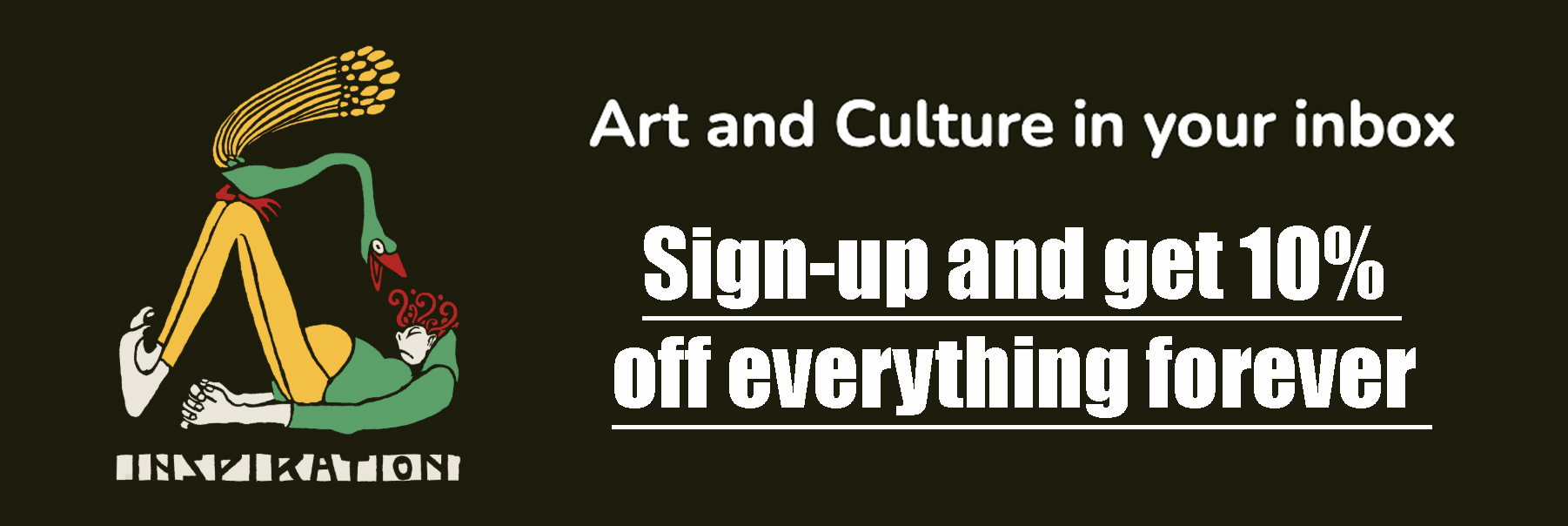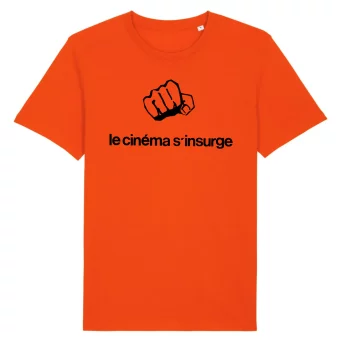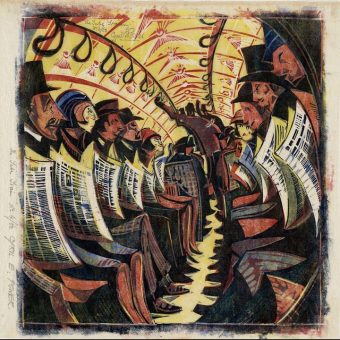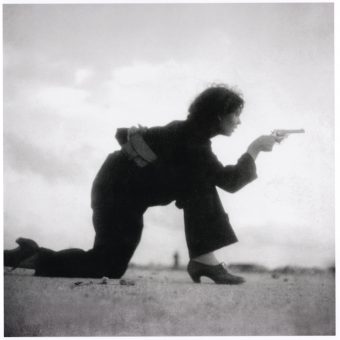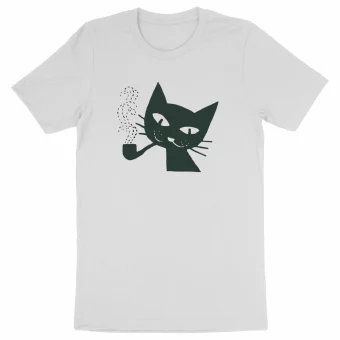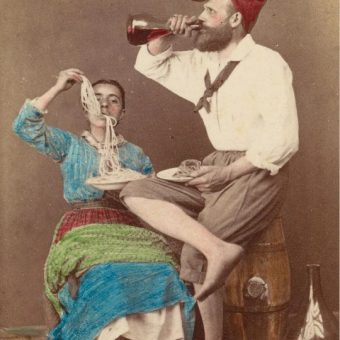“…like almost everything else good that’s ever happened to me, by the sheerest stroke of luck, I had a very good friend at Look, which gave me a job as a still photographer. After about six months, I was made a full-fledged staff photographer. My highest salary was $105 a week, but I did travel around the country, and I went to Europe and it was a great thing. I learned a lot about people and things. And then I made a documentary film — the first one I made — called Day of the Fight [1951]”
– Stanley Kubrick,
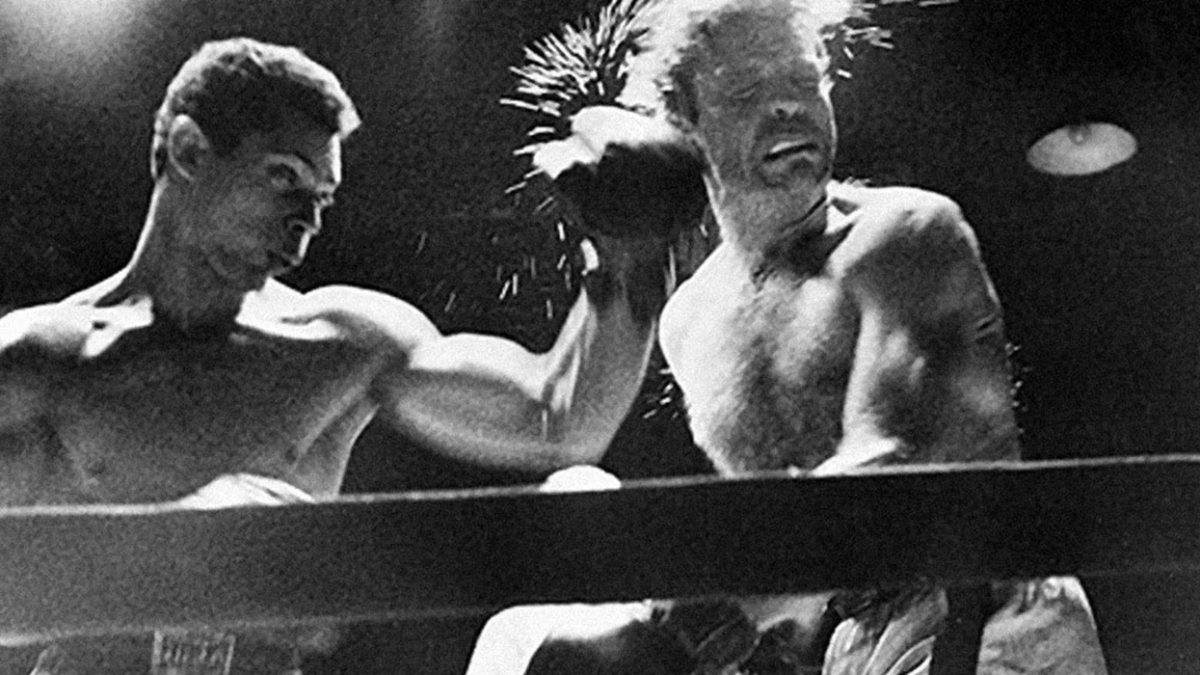
In 1945, 17-year-old Stanley Kubrick took a job as a staff photographer at New York publication Look magazine. His assignments were varied, taking him from the circus to the subway. And in 1948, he was on assignment to photograph Walter Cartier (March 29, 1922 – August 17, 1995), a photogenic American professional middleweight boxer and actor, born and raised in the Bronx in New York City.
Published in January 1949, the resulting feature was called Prizefighter, an eight-page, 20-picture story that showed 24 hours in the life of a boxer. Readers witnessed Cartier’s transformation from a young man living in Greenwich Village who goes on dates with Delores, plays with kids and shares a bed with his twin brother Vincent, to a hard-faced prizefighter. The article accompanying the photographs stated that if “the big purses elude him another year, he plans to quit the ring and attend law school.”
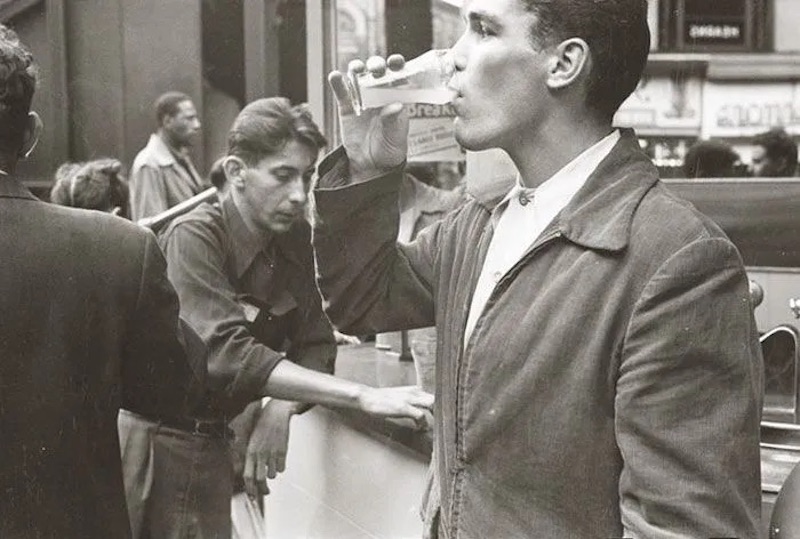
Walter Cartier Drinking A Beverage, 1948
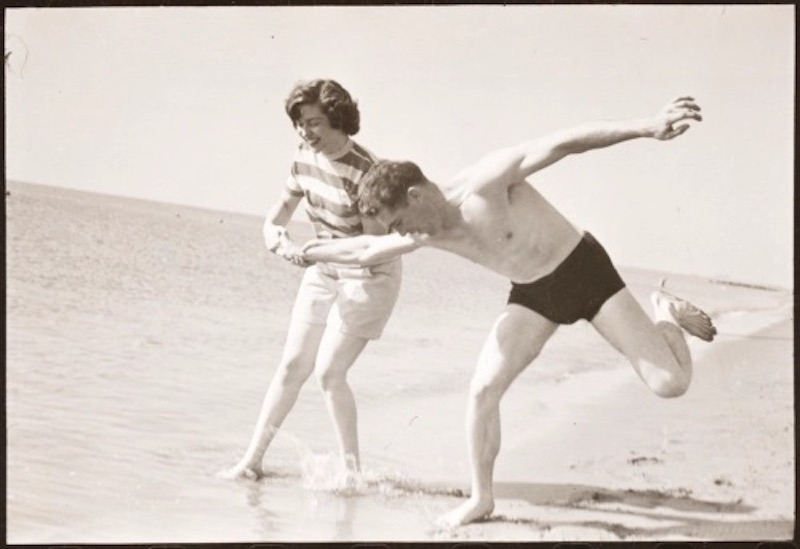
Stanley Kubrick (1928-1999). Walter Cartier – Prizefighter of Greenwich Village Walter Cartier and Dolores Germaine playing on a beach.1948. Museum of the City of New York.
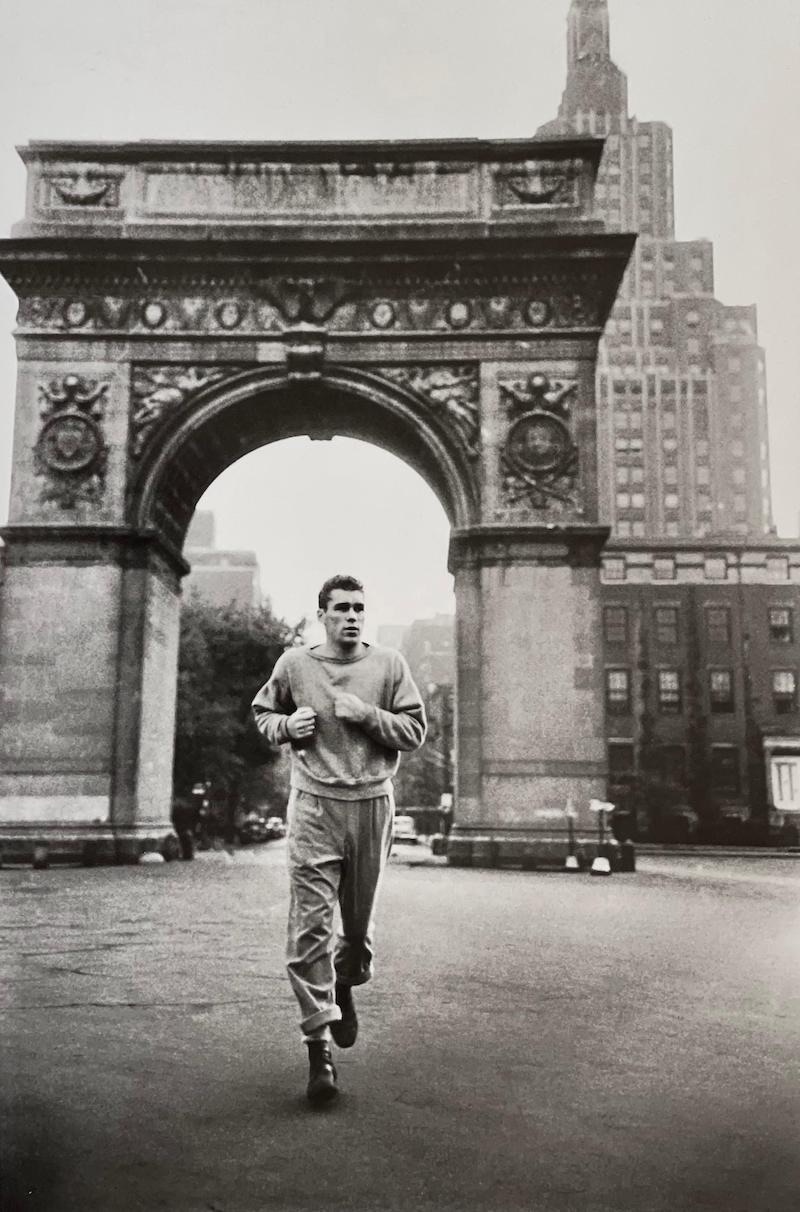
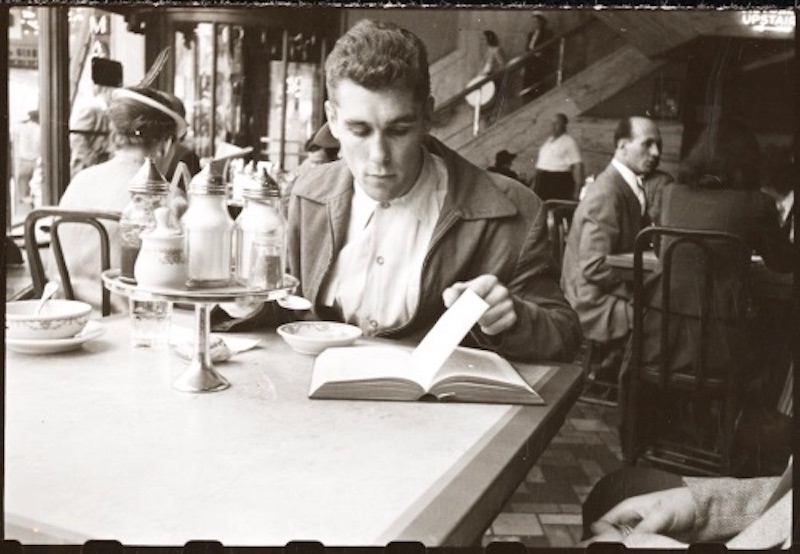
Stanley Kubrick (1928-1999). Walter Cartier – Prizefighter of Greenwich Village . Walter Cartier eating in a restaurant. 1948. Museum of the City of New York.
Round 2:
During his time at Look, Kubrick photographed one other story about the daily life of boxers. This one in 1950 featured the great Rocky Graziano, a New Yorker who never doubted himself. “I was the best street fighter in history when I was growing up on the Lower East Side. Hell,” said Graziano. “I never lost a street fight. Never. I thought I could lick Jack Dempsey or Joe Louis or anybody. I was fantastic.”
Unlike clean-cut Cartier, Graziano had served time in prison, been kicked out the military and had an unfortunate habit of stealing, as he described it, “everything that began with an ‘a’ – a piece of fruit, a radio, a car, anything that wasn’t nailed down.” One memorable shot shows Graziano naked in the shower, his gaze fixed unblinkingly on Kubrick’s lens.
But it was Cartier who made the bigger impact on Kubrick’s career. In 1951, the director recruited Cartier for his 16-minute film, Day of the Fight, which was eventually bought by RKO. Once more, the story was centred on 24 hours in Cartier’s life. Delivered in the newsreel style, the voiceover tells viewers: “It’s a living. For some, not much of a living.”
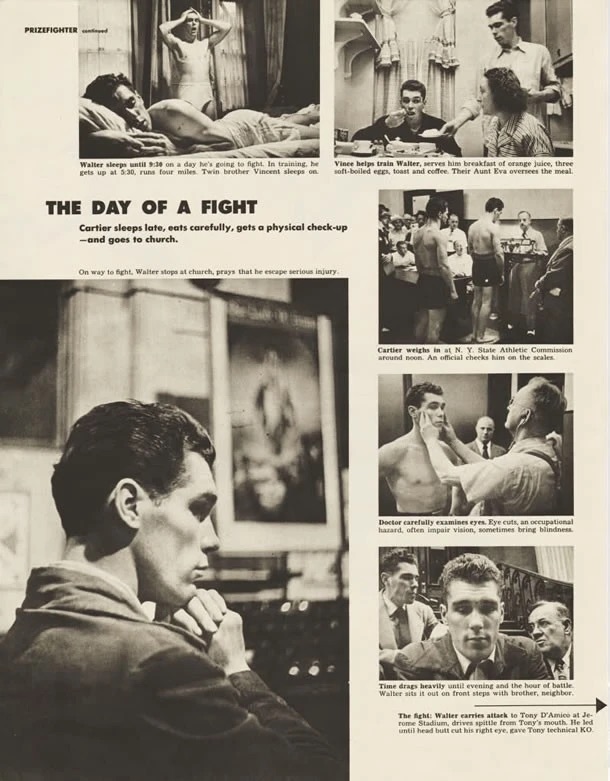
Stanley Kubrick Th Day of the Fight, aka The Prizefighter
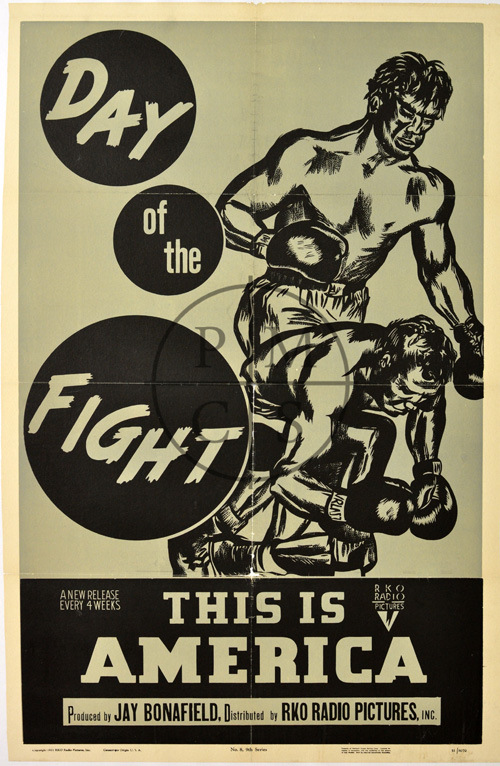
Stanley Kubrick: The Day of the Fight
Stanley Kubrick’s Day of The Fight
At Cinema Sojourns, Jeff Stafford recalls Kubrick’s ambitions for Day of the Fight:
Together with his friend and collaborator Alexander Singer, an employee at Time Inc., where The March of Time newsreels were produced, Kubrick decided to create a short film in the style of the popular newsreel based on his photo essay for Look, Prizefighter, which profiled middleweight boxer Walter Cartier in the January 18th issue of 1949. Kubrick had learned that a typical eight to nine minute segment for The March of Time cost approximately $40,000 to produce and vowed he could do it more effectively for only $1,500 and make an enormous profit on the film sale.
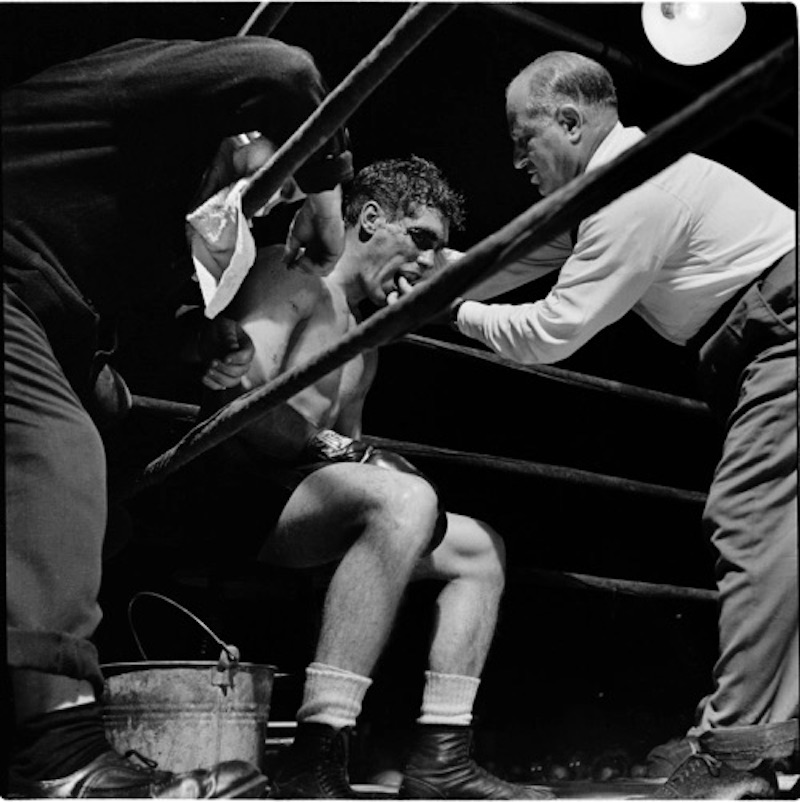
Singer, who was assistant director for Day of the Fight, recalled:
“We had a notion that you could get tens of thousands of dollars. We were off by an order of magnitude. The truth was, they gave them away. They were not paid for them at all. The shorts anybody paid for were the comic routines professional vaudeville characters did, not the sort of sports shorts we were contemplating – all of those were throwaways. But what we did know was that what passed for a sports short at the time was pretty low stuff; it was junk. There was no question in our minds that we could vastly exceed the impact and power… Stanley’s concept of using the photojournalist story on Day of the Fight was inspired. Not only were the drama elements of it marvelously compressed, but the subject himself, Walter Cartier, was a textbook hero.”
As part of the 2018 show, Stanley Kubrick Photographs. Through a Different Lens at the Museum of the City of New York, Donald Albrecht, Curator of Architecture and Design at the museum, makes the link between the magazine shoots and the film.
“The series is very cinematic,” Albrecht told AnOther mag. “Kubrick was very interested in film noir and its distinct crime-ridden, shadowy aesthetic. The photographs are very beautiful, the lighting is very dramatic, but he depicts very dark shadows – showing the darker view of the world that he would go on to project in his films.”
Like Killer’s Kiss, one of Kubrick’s first features. This independently-produced boxing noir “deals with a boxer in New York and a dancehall girl who’s his girlfriend – so the subject matter and the visual style is directly related to his photography at Look.”
Remembered in a New York Daily News obituary as “a handsome Bronx knockout kid who sold tickets”, Cartier died in 1995 – he’d retired from boxing in 1957. He never fought for a world title despite having faced four former world champions. He finished his professional boxing career with a record of 46 wins, 13 losses, and 2 draws (ties); 24 wins and 9 losses were by knockout. Cartier did a bit more acting; including a recurrent role on The Phil Silvers Show in the mid-50s, appearing as Private Claude Dillingham.
Via: Anthony Luke, Museum of New York
Would you like to support Flashbak?
Please consider making a donation to our site. We don't want to rely on ads to bring you the best of visual culture. You can also support us by signing up to our Mailing List. And you can also follow us on Facebook, Instagram and Twitter. For great art and culture delivered to your door, visit our shop.

